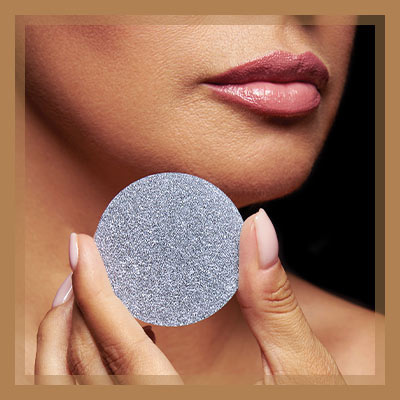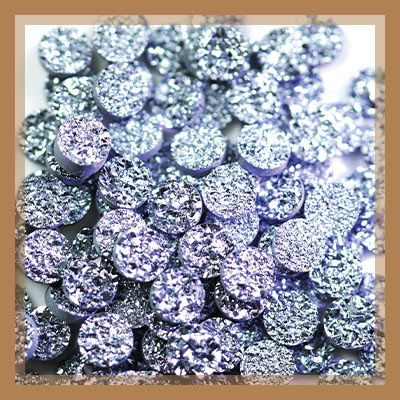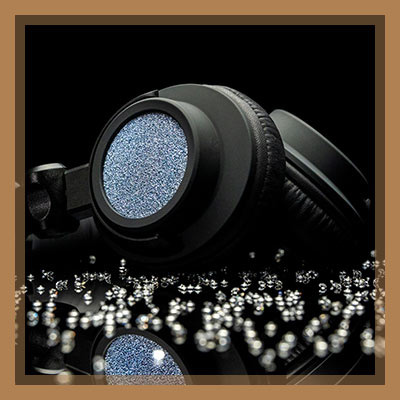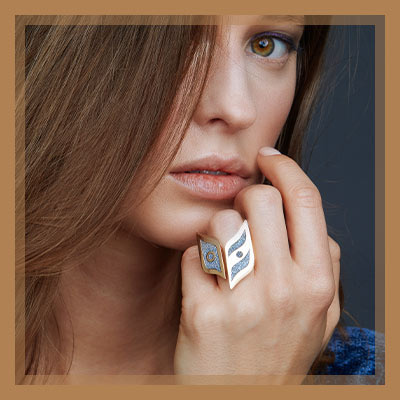There’s a new name emerging in the world of rare materials — and it’s not a passing trend. The Osmium Institute is quietly building a global reputation as the trusted authority on the densest, rarest precious metal on Earth. With 1300 active partners worldwide, the Institution blends science, security and serious investment potential. We sat down with the team behind it to explore why osmium is attracting interest from fine jewellers, collectors and investors alike.

Where is osmium found, and how is it extracted from platinum mining?
Osmium occurs in trace amounts as a by-product of platinum group metal (PGM) mining. To extract just one ounce of osmium, around 10,000 tons of ore must be processed. It is most commonly sourced from South Africa, Canada, and (formerly) Russia, though raw osmium from Russia is no longer accepted due to ethical sourcing policies. After extraction, the osmiumundergoes high-purity refining before crystallization.
What is the global supply of crystallized osmium — and is it finite?
Yes, the supply is strictly finite. Osmium is the rarest stable element on Earth, and the global volume available for crystallization is estimated less than half a ton. Of that, approximately 300 kilograms are currently held by the Osmium-Institutes to still be crystallized. Once the remaining osmium is crystallized—expected to be completed by the end of 2026—no further material will be added to the market. Once set into jewelry or art, the material typically leaves the investment cycle permanently.

How is the safety and purity of osmium maintained?
Every osmium piece undergoes high-precision purification and crystallization, followed by individual 3D scanning and certification by the German Osmium-Institute. Each piece is entered into the Osmium World Database and linked to a unique Osmium Identification Code (OIC). This ensures 100% traceability, authenticity, and security, making the process tamper-proof and globally verifiable.
Jewellery & Design
What challenges do jewellers face working with osmium — and how are they overcome?
Crystalline osmium is both quite hard and brittle, which can pose challenges during cutting or setting. However, important is that the jeweller does not have to cut himself, but the Osmium-Institute will deliver finalised pieces by using techniques like Electrical Discharge Machining (EDM), it can be precisely shaped. This ensures the jeweller only gets the finalised inlay and can insert it safely into watches and jewellery. Generally speaking, you can use osmium just like a gemstone. Set it (bezel or prongs), glue it, or, adhering to the processing guidelines, laser spot weld it. But with heat there is caution necessary and it can only be done after having been instructed. Everything else is very easy – when you know how to set stones, you can set osmium. Processing guidelines are given out free of charge, as well as a call with an expert is offered at any time.

Science & Transformation
How is raw osmium transformed into its crystalline form — and why is this step necessary?
Raw osmium, known as Osmium sponge, is hazardous to health and chemically reactive due to the potential release of osmium tetroxide. To make it safe and usable, osmium undergoes an extensive purification and crystallization process in Switzerland. This transformation renders the metal inert, non-toxic, and completely safe for handling and skin contact. Crystallization also gives osmium its distinctive blue-silver sparkle and forms a surface so complex and unique that each piece becomes unforgeable and individually identifiable.
Which designers or maisons have used osmium?
Several renowned luxury houses and designers have embraced osmium. Hublot, Ulysse Nardin, and Czapek Genève have incorporated osmium into exclusive timepieces. The first company to specialize entirely in crystalline Osmium jewelry was Oslery GmbH, founded in 2020. Notable international designers include Anthony Garcia (Brazil), Alessio Boschi (Thailand), Myriam Soseilos (Cyprus/London), and artists like Hwang Sam Yong (South Korea, pebble sculpture) and Nemo (Germany, Osmium in fine art painting).
What are today’s most popular design uses for crystalline osmium?
Crystalline osmium is most frequently used in luxury rings, bangles, cufflinks, earrings, pendants, and watch dials. Its unmatched brilliance and icy-blue sparkle make it an ideal material for statement elements in modern, high-end design.
However, due to its unforgeability it also is used more and more as a identification tool in art or sculptures, contracts or collectors items. As in todays world a lot can be copied by humans or AI and with 3d printing becoming more and more popular, 100% security against forgery is becoming more and more important.
The designers are also interested in using osmium in ways you can not use gemstones and paves, because the osmavé allows soft curves and pointy ends in designs, which is impossible to achieve with stones. It allows a perfect sparkling surface.

Market & Investment
Why is osmium appealing to private investors?
Osmium represents a long-term tangible asset with several standout features:
It’s often compared to pre-IPO shares—held over time, with rising value potential as market awareness grows and supply becomes fully crystallized.
How is pricing determined, and how has it evolved?
As of 2024, the official price is set once daily, based on production costs, raw material value, crystallization yields, and market availability. Prices have shown consistent long-term growth, largely unaffected by speculative trading. This stability makes osmium a reliable inflation hedge and attractive alternative tangible asset investment. The price is set daily by the crystallization company in Switzerland (actual costs of manufacture) and the president of the Osmium World Council (taking into account how markets are moving, amount of osmium and preorders etc.), in this legislative period Marcos Saito in Sao Paulo, Brazil.
How do OICs and the Osmium World Database protect buyers?
Each crystalline osmium piece is assigned a unique Osmium Identification Code (OIC), acting like a fingerprint, just 10.000 times more precise on a pure square milimeter. This digital ID is stored in the Osmium World Database, along with 3D surface scans and ownership history. Transfers between owners are managed via the Owner Change Code (OCC), allowing for secure, transparent, and traceable ownership worldwide.
Sustainability & Outlook
What ethical or environmental standards apply to osmium production?
Osmium has a low environmental footprint because it is not mined directly, but rather extracted as a by-product of existing platinum mining. Ethical sourcing is guaranteed, as raw material from sanctioned or high-risk regions—such as Russia—is excluded. All crystalline osmium is processed and certified under strict ESGM-compliant standards (Environmental, Social, Governance & Market ethics).
What’s the future of osmium in luxury and investment?
As crystallization concludes and public awareness increases, osmium is poised to become a hallmark of exclusivity in both the luxury goods and alternative tangible asset investment sectors. It is increasingly used in high-end jewelry, and as a result, significant volumes are being absorbed into consumer goods—permanently removing them from the investment market. This trend will continue to drive scarcity, demand, and value.
Are there upcoming events or collaborations featuring osmium?
Yes, osmium will be showcased at upcoming international jewelry and watch fairs, as well as in collaborations with renowned designers and luxury brands. The market is expanding rapidly, with strong momentum in Asia, South America, and the United States, supported by educational campaigns and strategic partnerships. To stay up to date it is always advisable to follow our socials or to visit the Website of the Osmium World Council with the latest press releases.
Quantum computing
As crystallization concludes and public awareness increases, osmium is poised to become a hallmark of exclusivity in both the luxury goods and alternative tangible asset investment sectors, such as second-generation quantum computing.
You must be logged in to comment. Click here to login.
0 Comments